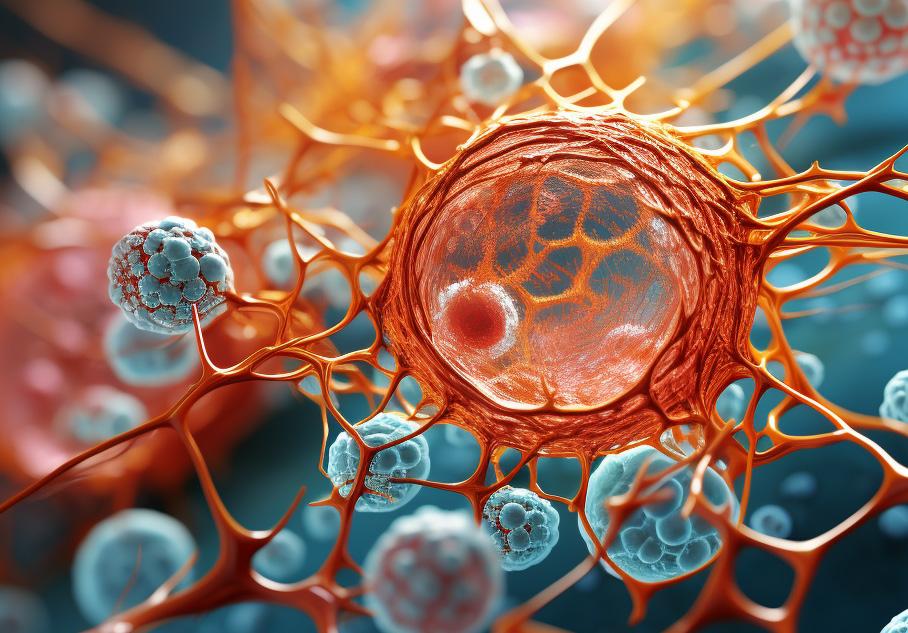Dynamic Light Scattering (DLS) Requirements for Sample Preparation
2024-12-27BeNano
Dynamic Light Scattering (DLS) is a widely employed technique for characterizing the particle size distribution of nanoparticles and submicron particles. Known for its speed, precision, and reproducibility, DLS has become an indispensable tool in the study of nanomaterials and particle systems. However, the accuracy and reliability of DLS measurements depend on samples meeting specific criteria. This article examines these requirements, focusing on particle properties, sample state, cleanliness, concentration, and size distribution.
- To begin, particles must exhibit significant Brownian motion, the fundamental principle underlying DLS. The technique calculates particle size by analyzing the fluctuations in scattered light intensity caused by Brownian motion. For accurate results, particles should fall within the nanometer to submicron range, as larger particles may sediment, compromising measurement accuracy. Additionally, a low-viscosity dispersant enhances particle mobility, improving measurement precision. Uniform particle distribution in the medium is also essential, avoiding sedimentation or floating. A stable testing environment free from external vibrations or disturbances is necessary to maintain consistent Brownian motion.
- Next, samples must form stable suspensions or emulsions. DLS measures particles or droplets dispersed in a medium, requiring the suspension to be well-dispersed and stable, or emulsions to maintain stable oil-water emulsification. Instabilities such as phase separation or aggregation can undermine the quality of the data. Thus, ensuring proper dispersion and stability of the sample is critical for obtaining reliable measurements.
- Third, samples must be clean, free of agglomerates, impurities, and large particles. Particle agglomeration skews scattering signals, leading to inaccurate size distribution. Impurities and large particles introduce strong scattering signals that can interfere with results. To optimize sample uniformity, ultrasonication or dispersants may be employed to break agglomerates, while filtration through membranes (e.g., 0.45 µm or 0.22 µm) can eliminate impurities and large particles.
- Furthermore, sample concentration must be appropriate, with an ideal level of transparency. High concentrations may induce multiple scattering effects, complicating the interpretation of single scattering signals. Conversely, low concentrations can weaken scattering intensity, rendering data collection difficult. A slightly turbid yet transparent appearance, as observed visually, typically indicates an optimal concentration range. Within this range, single scattering signals dominate, yielding stable and accurate results.
- Finally, particle size distribution should be as narrow as possible. DLS performs best with monodisperse systems, where the scattering signal represents the particle population accurately. Broader or multimodal distributions increase data complexity and may distort results. Therefore, optimizing sample preparation to achieve a uniform and narrow size distribution is crucial for ensuring high-quality DLS measurements.
In summary, DLS sample preparation requirements include prominent Brownian motion, stable suspensions or emulsions, cleanliness without agglomeration, appropriate concentration, and narrow particle size distribution. Strict adherence to these criteria enhances measurement accuracy and reproducibility, maximizing the utility of DLS in studying nanomaterials and particle systems. Researchers should carefully process and optimize samples based on their characteristics to ensure reliable results, laying a robust foundation for subsequent studies.




